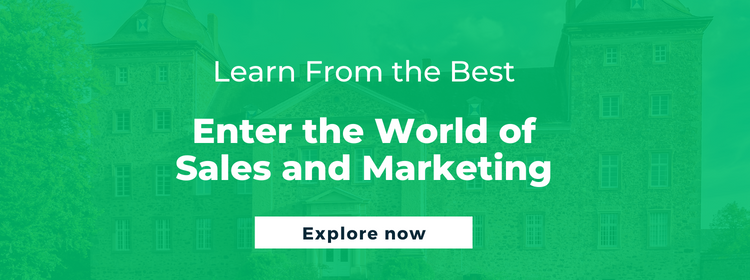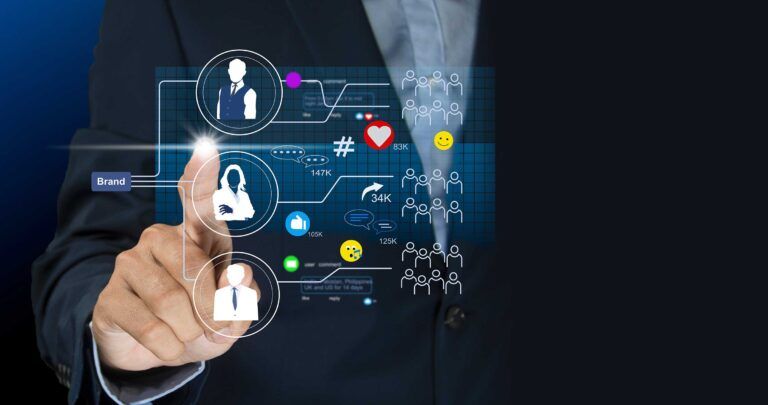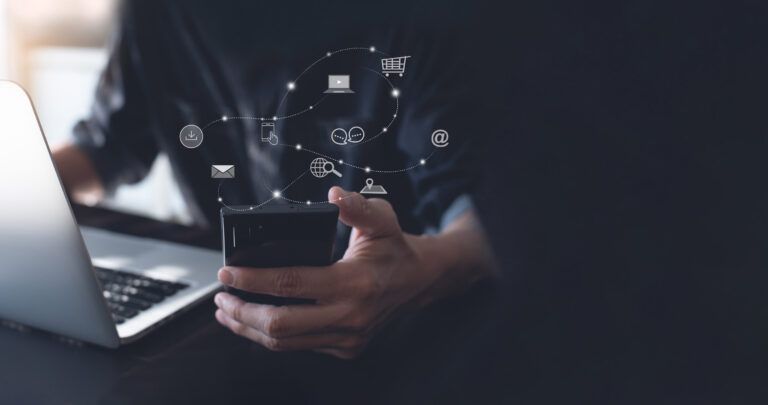What are Marketing Funnels? How Do They Help Increase Your Customer Base?

- What are Marketing Funnels?
- Why are Marketing Funnels Important?
- Different Types of Marketing Funnels
- Marketing Funnel Stages
- How to Build a Marketing Funnel
- How to Optimize Your Marketing Funnel for the Customer Journey
- How to Optimize Your Marketing Funnel for the Customer Journey
- Are You Ready to Take Your Marketing Career to the Next Level?
As far as marketing insights go, you would want to pay attention to this one: A recent study by McKinsey & Co found that 71% of consumers want companies to deliver personalized interactions, while 76% get frustrated when this doesn’t happen. Not paying attention to this can cause damage to a company’s relationship with its customers, both old and prospective. What can help achieve this personalization and improve conversions, in the end, are carefully designed marketing funnels that combine both quantitative and qualitative data. How does this work? Let’s look at a marketing funnel and how you can use it to your advantage.
What are Marketing Funnels?
Marketing funnels represent a customer’s journey, from discovering a brand to making the final purchase. Leads start at the top of the funnel, engaging with a brand for the first time, and subsequently moving through various stages as they learn more about the products and services they are interested in before finally reaching the buying stage. It should be noted, though, that in the real world, a customer may not move through the funnel linearly and may engage at multi-touch points before reaching the buying stage.
Why are Marketing Funnels Important?
Marketing funnels are important because they:
- Provide insights into the different stages your prospects will go through before conversion, that is, before reaching the buying stage
- Identify the stages you need to focus on to maximize the conversion
- Help craft the right messages at the right time, thus ‘nurturing’ them better
- Determine the right information at the right time, thus reducing the likelihood of losing prospective customers
Different Types of Marketing Funnels
Sales Funnels
1. Webinar Funnels
A webinar funnel starts with getting signups for a typically free webinar and ends with the attendees purchasing from you. However, unlike other lead magnets, a webinar is a long-term process. Along with getting people to sign up, you must ensure the attendees remain engaged throughout the webinar.
2. Email Funnels
Email funnels are not necessarily aimed at directly converting your prospects into customers. Sometimes they are also about engaging them further. For example, an email funnel may aim to make your subscribers attend a webinar rather than asking them to buy your latest product.
3. Video Marketing Funnels
This funnel starts with prospects finding and watching your videos. These are typically educational videos that help them better understand their problems and get solutions. Now, when you subtly pitch your product or redirect it to some more solutions, viewers visit a landing page or sign up for a demo. Retargeting landing page visitors can also improve conversion down the funnel.
4. Lead Magnet Funnels
This includes using content assets such as reports, ebooks, case studies, and cheat sheets to get people to sign up using their contact details. Targeted social media or Google ads can help you get high-quality traffic to your lead magnet signup form or landing page. Create workflows to nurture the leads further down the funnel.
5. Home Page Funnels
Home page funnels are landing pages that showcase a variety of products to users that they can choose from based on their needs and preferences. Using smart layouts, copy, color schemes, and Call to Action (CTAs) can help drive prospects toward the most relevant funnels.
Marketing Funnel Stages
The traditional marketing funnel is assumed to be linear in which customers begin at the top and end at the bottom where they are ready to convert. In reality, the funnel may not always work this way. However, it is still important to understand each stage in detail to cater to customer needs.
Stage 1: Top of the funnel (Awareness)
This is when prospects become aware of and engage with your brand for the first time.
Stage 2: Middle of the funnel (Consideration)
After your prospects have engaged with your brand and know a bit more about you and the products and services you offer, they may consider your offering as a possible solution to their problems and needs.
Stage 3: Bottom of the funnel (Conversion)
This is the last stage, where prospects can be converted to customers by gaining their attention, building trust, and developing a relationship with them.
How to Build a Marketing Funnel
Let’s understand how to create a digital marketing funnel:
Step 1: Create Digital Ads and Content
Your first step is about building awareness so it should be to create ads and relevant content. Informational and trust-inducing content and ads will direct your audience to take the next steps and move down the funnel.
The following are some formats that you can consider:
- Social media ads
- PPC ads
- Blogs
- YouTube Videos
- Downloadables, including ebooks, cheat sheets, etc.
Step 2: Create Offers That Attract
With an average individual getting bombarded by thousands of ads daily, creating offers that solve your prospects’ problems and attract them is important. You can create effective copy, and give free trials or demos and early bird offers, among other measures.
Step 3: Set Up a Landing Page
Once a prospect clicks your ad, they typically arrive at a landing page. Ensure your landing page encourages your prospect to take further action. Common elements to be included are:
- Comprehensive description
- Attractive visuals, including banners and icons
- A lead capture form
- Clear CTA
Step 4: Create Communication Workflows
Create a series of messages that will get transmitted to people who submit their contact details to your company. These messages should be created in a manner that helps nurture prospects and move them toward the end stage of the marketing funnel. For example, setting up a workflow of a mix of communication channels, including email, messenger, and phone calls, among others, that engage with the prospect in different ways and subtly push them down the funnel.
Step 5: Sync and Optimize
For your marketing funnel to achieve its end goal, you need to ensure all the connecting elements are in sync and optimized for their goals. For example, a prospect may sign up with your brand for the first time to attend a free webinar. Your marketing funnel should include activating a communication workflow that nurtures the lead over around two to three weeks (depending on the typical behavior of your prospects) and end with you giving a buying-related offer or demo to them. On accepting the offer, you need to ensure the lead passes on to the sales team on time, and they know the customer’s background and need to provide the best possible solution.
ALSO READ: What is Marketing Automation and How it Helps Businesses Grow
How to Optimize Your Marketing Funnel for the Customer Journey
- Study your target audience
- Use an omnichannel marketing strategy
- Create relevant content that genuinely helps your prospects
- Focus on building relationships rather than pure sales
- Seek feedback and testimonials
How to Optimize Your Marketing Funnel for the Customer Journey
Here are some common metrics to measure the success of your marketing funnel
- Cost per Acquisition (CPA) or Customer Acquisition Cost (CAC)
- Customer Lifetime Value (LTV)
- Stage-wise conversion rates
- Channel-wise conversion rates
Are You Ready to Take Your Marketing Career to the Next Level?
Combining quantitative and qualitative insights will help you build more effective marketing funnels that help you understand customer needs better and, hence, increase conversions. If you are a marketer looking to take your career to the next level, digital marketing courses offered by reputed international universities are an excellent step towards upskilling yourself. Start by exploring the marketing course catalog on the Emeritus platform, offered in collaboration with the top global universities.
Write to us at content@emeritus.org







